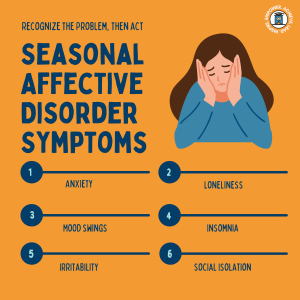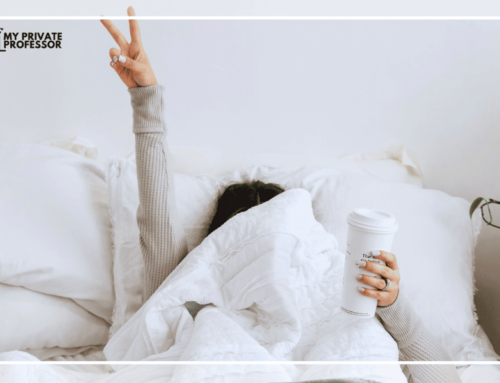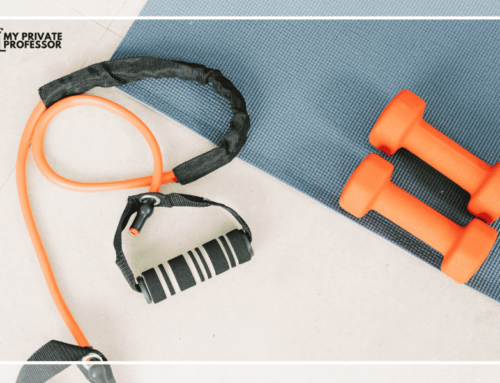With the cold winter months upon us, let’s take a minute to think about mental health. Introducing seasonal affective disorder, which, unbeknownst to you, might be the source of your current mental or emotional state.
What is seasonal affective disorder?
Seasonal affective disorder, also known as SAD, is a type of depression associated with the changing of seasons. Typically, it comes at the same time each year, starting in the fall, worsening through winter, and ending in the spring.
Between 4% and 6% of Americans face SAD. Within this population, 75% of sufferers are women. While onset most often occurs in early adulthood, SAD can occur at any age. SAD is also more common among people who live in northern regions, which is probably due to the fact that their winters are longer and colder than other regions.
Seasonal affective disorder symptoms
SAD symptoms include chronic low mood, irritability, anxiety, and low self-esteem. Moreover, neglecting these symptoms will solely heighten them. This is why you’ve got to act on your negative feelings. Doing so will provide you with the mental and emotional relief that you need and deserve.
Covid-19’s impact on seasonal affective disorder
The chaos, stress, and uncertainty surrounding COVID-19 certainly may contribute to and/or worsen SAD symptoms. That is, the pandemic has unsurprisingly led to increased stress, depression, fear, and anxiety. And research confirms just that.
For instance, KFF Health Tracking Poll found that 53% of U.S. adults have felt that pandemic-related anxiety has had negative effects on their mental health.
When compared to previous data, there’s a clear surge in mental health issues; in general, approximately one in four Americans experience mental disorders. Moreover, 18% of people suffer from anxiety disorders each typical year.
One study found that some of the key causes of depression are isolation, loneliness, and a lack of social support. Additionally, a 2020 study on social isolation demonstrates that depressive symptoms are associated with a lack of social interaction as well as pairwise interactions instead of group connections.
Considering our current lack of socialization ability and chronic stress, COVID-19 likely not only increases risk for experiencing SAD, but also intensifies symptoms.
What can you do?
The most effective form of treating SAD consists of the same treatments of other types of depression: talk therapy, cognitive behavioral therapy, and antidepressants.
Additionally, researchers have found that light therapy may be effective. This involves exposing oneself to a light-therapy box, which mimics natural sunlight. With the light box, habitual exposure tricks the brain into thinking it’s not actually winter. Furthermore, the added light helps balance the chemicals associated with depression.
Other ways in which you can manage SAD symptoms are quite simple. For instance, Hartford Healthcare recommends regular exercise, natural sunlight, not overworking, maintaining a regular sleep schedule, and sustaining a balanced diet.
The most important step, though, is recognizing the problem. If you can’t do that, then you risk your SAD becoming more and more debilitating.
So go back, look at the symptoms, and reflect on how you’ve been feeling. If you think you may be experiencing SAD, it might be time to consider a form of therapy or to make some lifestyle changes.
Author: Lydia Schapiro








